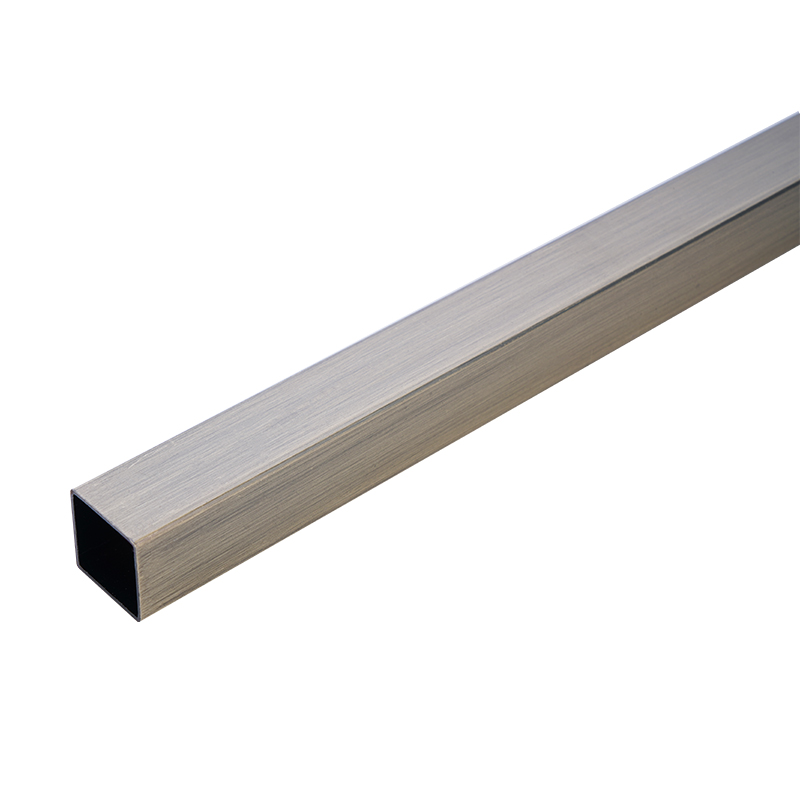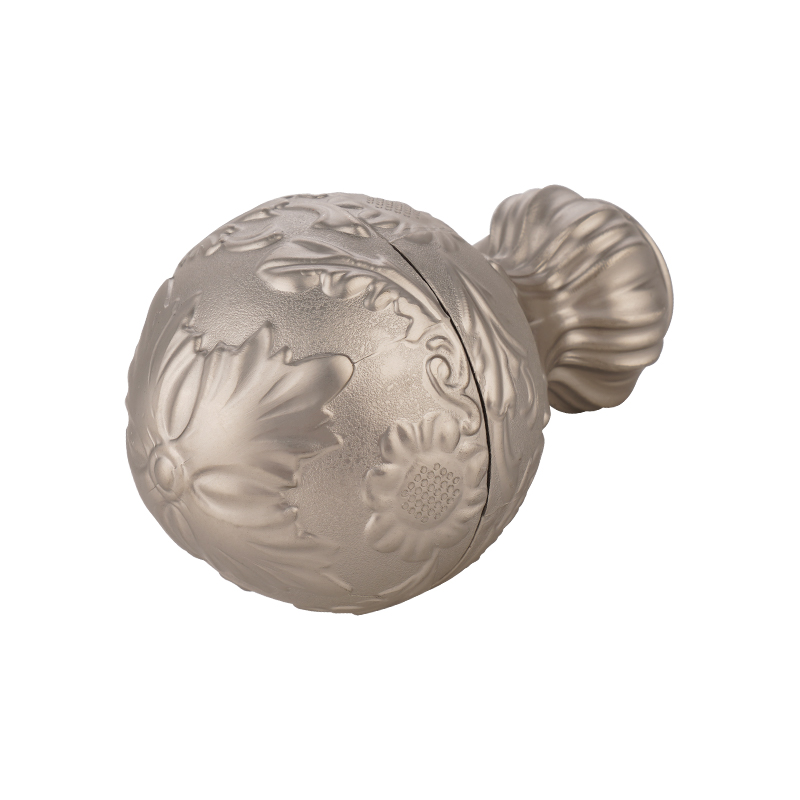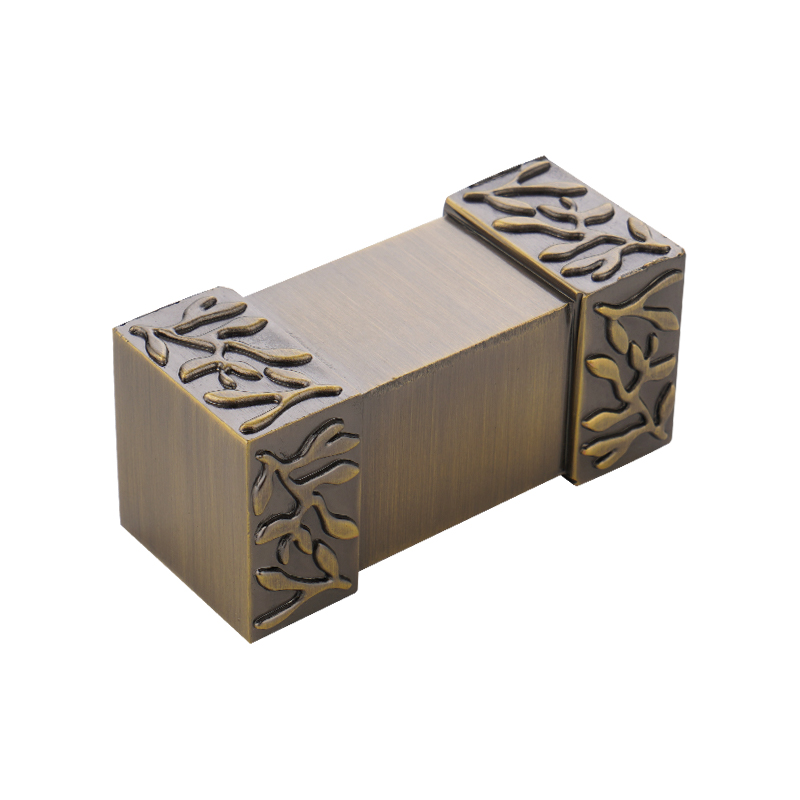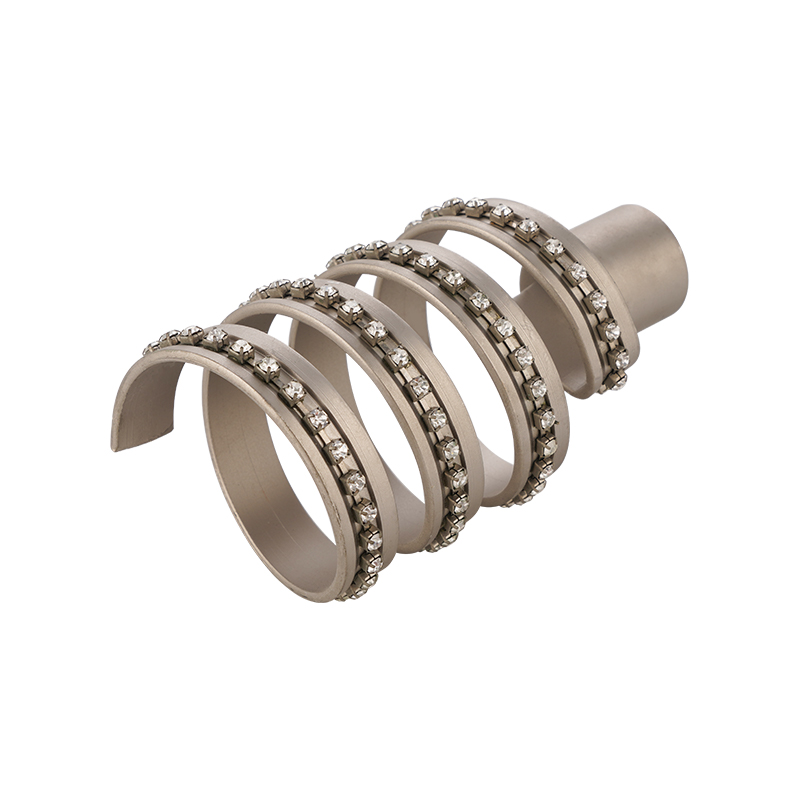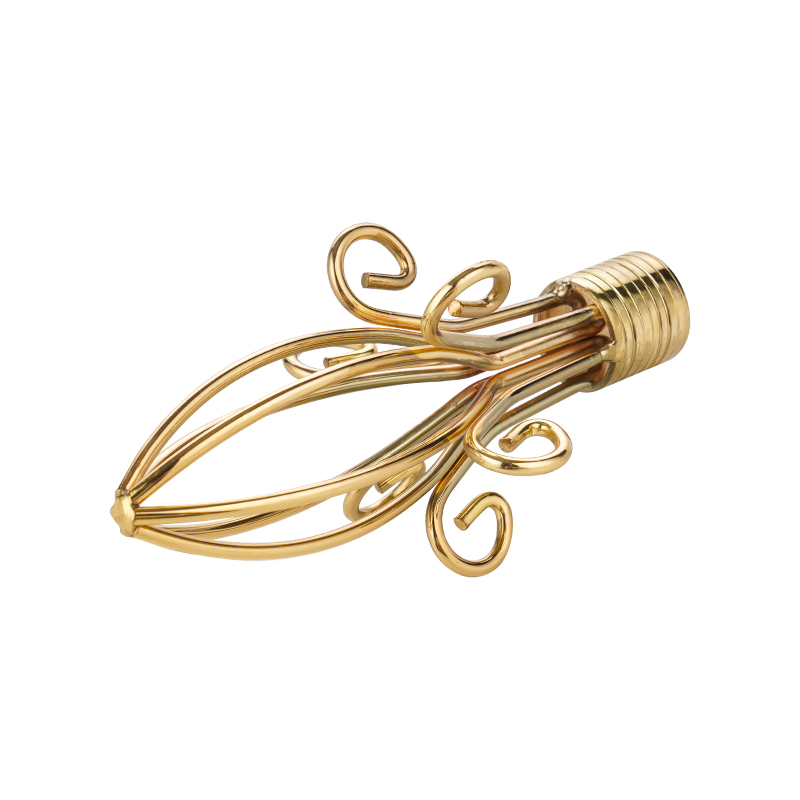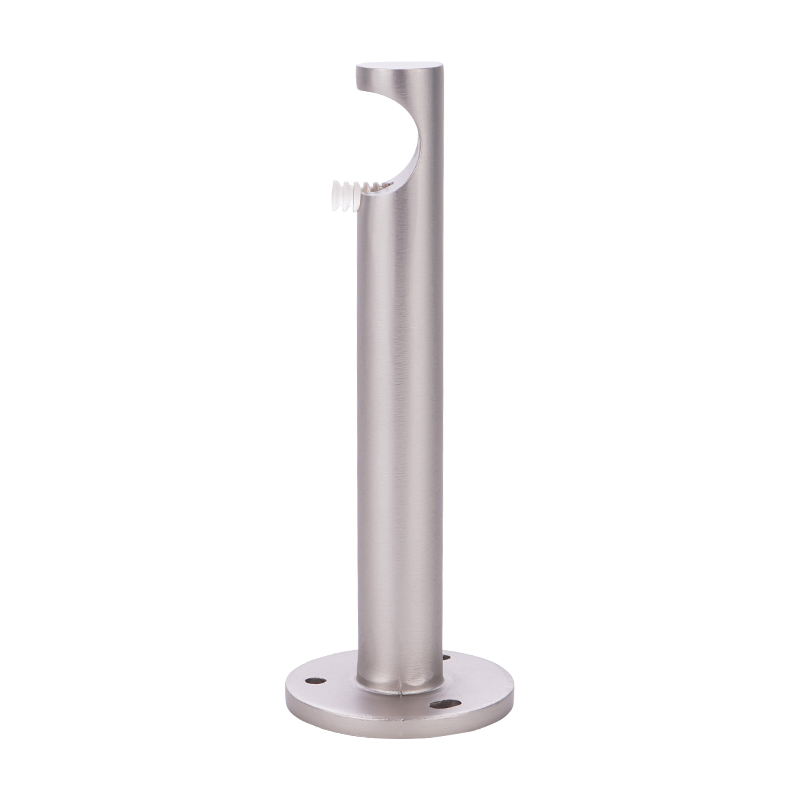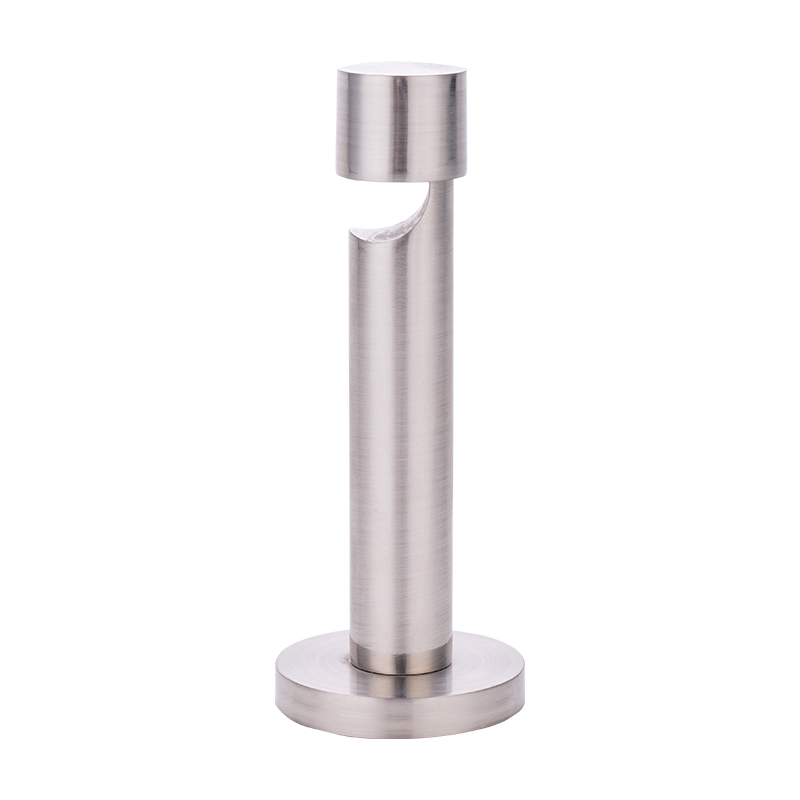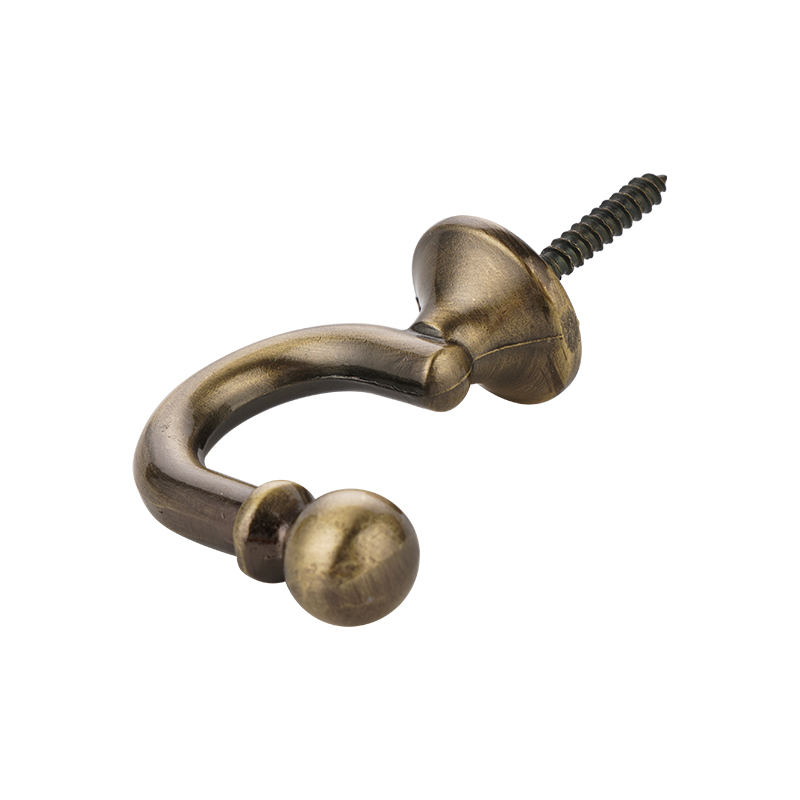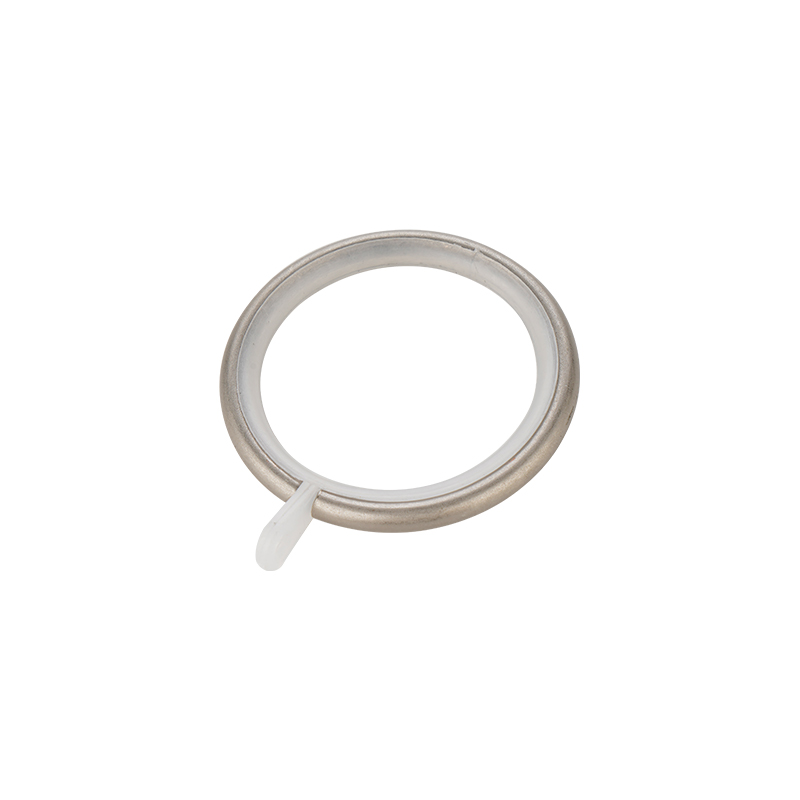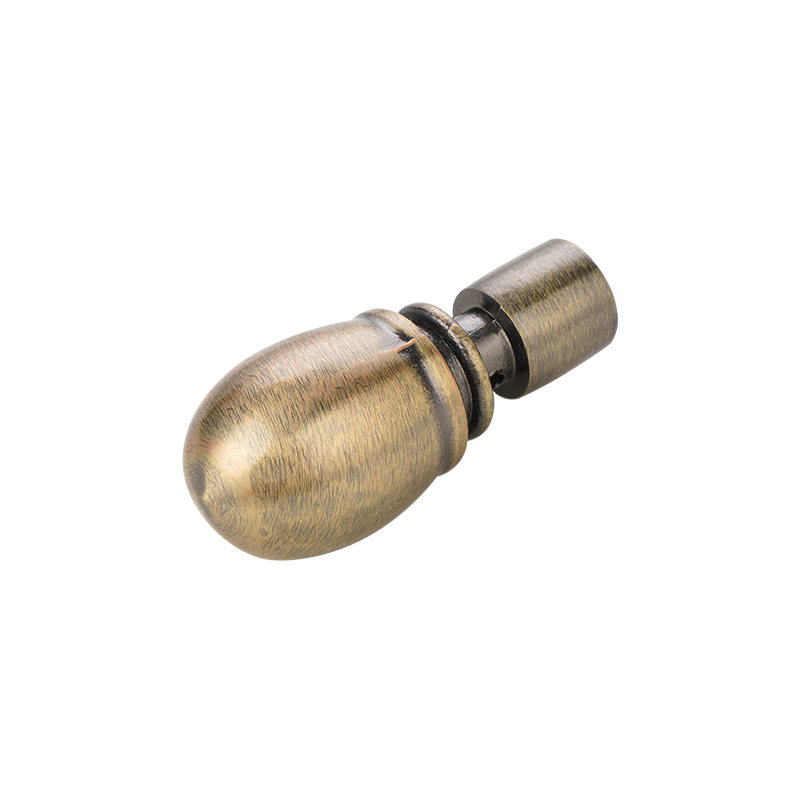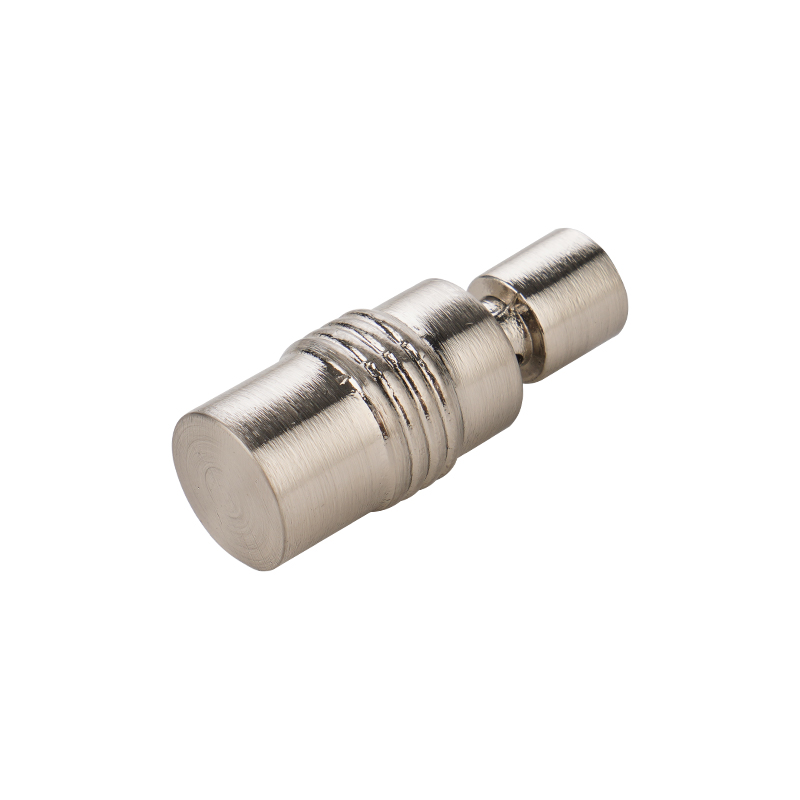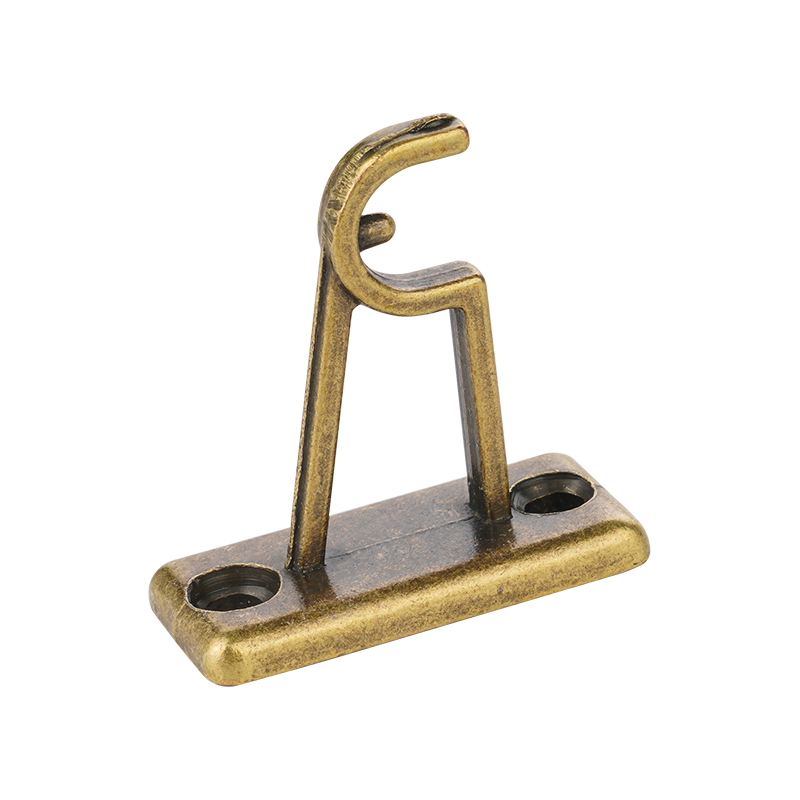Why Mini Coffee Rods Slide Easily
Mini coffee rods are usually used for shorter and lighter curtain installations. They are small in size and thin in diameter, and are mostly retractable. Because the rod is lightweight, if the curtain material is thick, it is pulled frequently during use, or the installation surface is smooth (such as tiles, glass, metal, etc.), it is easy to slide or even fall. Some products rely on the principle of spring expansion and contraction to support between window frames or cabinets, and are not equipped with additional locking mechanisms. Although this "nail-free" design is convenient, it has high requirements for the friction coefficient of the installation surface.
What are the main types of anti-slip designs
In response to the above problems, the common mini coffee rod products on the market have gradually added a variety of anti-slip designs to enhance stability and practicality. Common anti-slip mechanisms mainly include the following categories:
1. Rubber anti-slip pads or silicone pads
Most mini coffee rods are equipped with rubber or silicone anti-slip pads at both ends to enhance the friction between the wall or window frame. This design is suitable for smooth surfaces such as tiles, metals, and glass, and can reduce the risk of displacement to a certain extent.
2. Spring pressure system
The telescopic rod structure with built-in spring is one of the basic anti-slip designs. It achieves a certain support force through elastic force, so that the two ends can be pressed against the installation surface more firmly. However, its anti-slip ability depends on the matching degree of elastic force and installation length. The anti-slip effect may be weakened when it is used for a long time or the spring is aged.
3. Fixing fasteners or bracket accessories
Some mini coffee rod products provide additional installation fasteners or bracket accessories, which need to be fixed with screws or 3M glue. Although this method requires slight installation operation, it can effectively improve the stability of the rod body and prevent displacement due to pulling or gravity.
4. Anti-slip texture treatment
Frosting the contact surface of the rod body or adding anti-slip texture design can also help to enhance the friction between the mounting surface and reduce the risk of sliding. This design is suitable for users who do not want to damage the wall but still want to improve stability.
Does the anti-slip design affect the installation convenience
Most anti-slip designs do not affect the overall installation convenience of the mini coffee rod. For users who prefer nail-free installation, the rubber pad and spring system are sufficient for quick installation and removal; for users who are more demanding on firmness, the matching fasteners or brackets need to be installed with screws or stickers, but they can be completed with simple operations, and detailed instructions are usually provided. The anti-slip design is often reasonably integrated into the product structure, and the appearance tends to be simple, which will not affect the overall beauty and coordination of the home style.
Usage suggestions and precautions
In order to better play the anti-slip performance of the mini coffee rod, you can refer to the following suggestions during the purchase and installation process:
* Match the appropriate window frame width range: Make sure that the telescopic rod is used within the recommended range to avoid excessive elongation and insufficient elasticity.
* Check the material of the installation surface: On smooth surfaces, try to choose styles with rubber pads or matching fixings.
* Avoid hanging overweight items: Mini coffee rods are suitable for light curtains, not towels, clothes or heavy fabrics.
* Check stability regularly: After long-term use, check whether the two ends are loose and adjust them in time to ensure safety.
No nails vs. with fasteners: How to choose
The choice of whether to choose a mini coffee bar with or without fasteners depends mainly on the usage scenario and the user's need for wall protection. If it is used temporarily, frequently changed, or if you do not want to leave hole marks, you can choose a nail-free model with a rubber pad; if it is used in spaces such as kitchens and bathrooms that require strong load-bearing and long-term fixation, it is recommended to choose a product with a bracket or fastener structure to improve stability.
